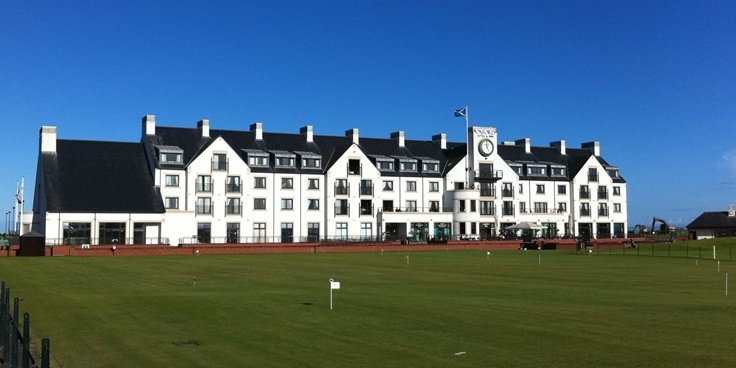Carnoustie’s Craw’s Nest Tassie can lay claim to the title of Britain’s most popular amateur golf tournament after all 339 places for this year’s event were snapped up within ten minutes of the competition’s online application system going live this week.
Such was the level of interest, a further 80 reserve places were also filled for the week-long event staged each September over the town’s Championship and Burnside courses.
”Over the last few years we have been accustomed to the Tassie selling out in a matter of minutes and this year, despite the current economic climate, it was no different,” said Colin McLeod, golf services manager at the Carnoustie Golf Links management committee.
”The first entry hit our screens literally seconds after the system went live and we hardly had time to move before all 339 places were snapped up.
”This year’s we’ve received entries from America, Holland, Spain and Sweden as well as from all over the British Isles. Some of the entries are from first-timers but the vast majority come from competitors who come year after year.”
The Craw’s Nest Tassie is one of Britain’s most popular amateur events and also one of the oldest, having been inaugurated in 1927 by a group of influential golfers who commissioned a Tassie or solid silver drinking bowl in Celtic pattern from jewellers Crabb and McKenzie. The original trophy is still presented to the winner to this day.
The first event, staged later the same year, was won by Alexander Mann, an ex-amateur champion of India, who defeated Len Nettleford, the reigning amateur champion of Australia.
Subsequent winners include SKY TV commentator Ewen Murray and former Walker Cup players Sandy Sadler and Ian Hutcheon.
Up until 1931 the Tassie was held in June but the date was then switched to September with a view to increasing the number of entries from England.
The number of entries exceeded 200 for the first time in 1935, rising to 396 in 1966 and then 454 in 1969 before being capped at the current 339 for administrative purposes.
The Tassie is played in the first week of September and begins with two qualifying rounds, one over the Championship course and the other over the Burnside.
From the starting field competitors with the best 64 scratch scores are drawn to play match play over the Championship for the Tassie.
Sixty-four competitors with the best nett scores compete for the Maulesbank Trophy in a match play event over the Burnside course.
Consolation events are organised on the Wednesday and Thursday for players who do not qualify for either.
